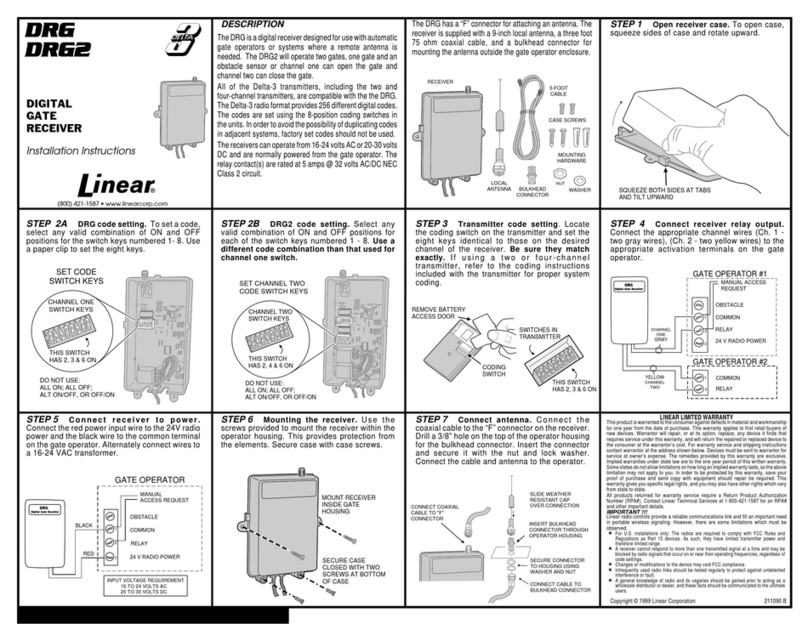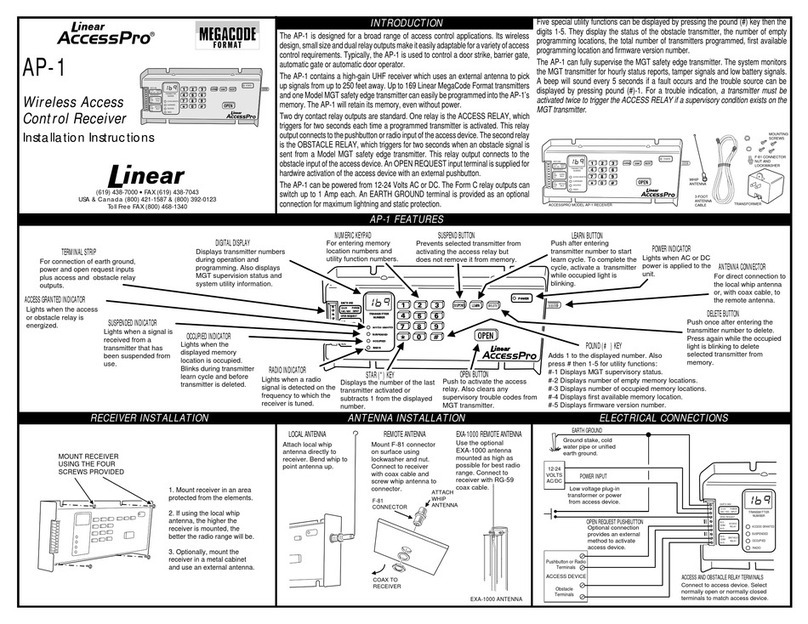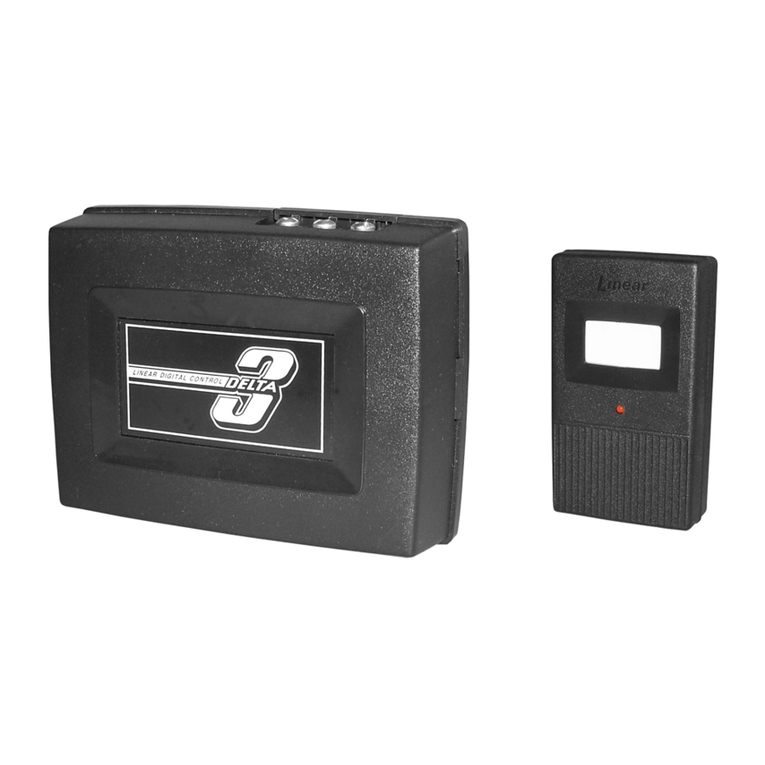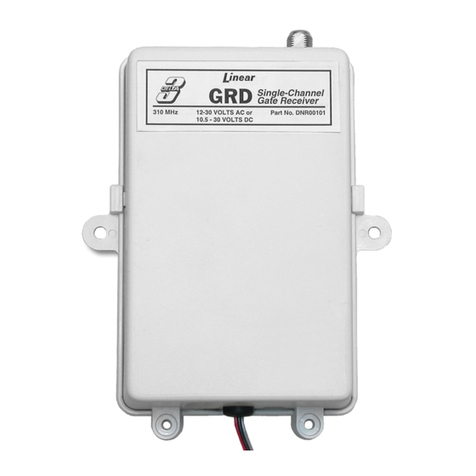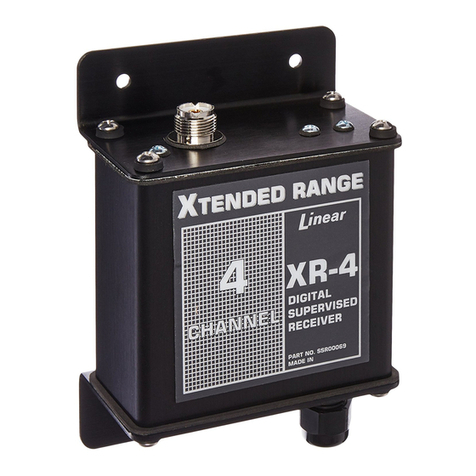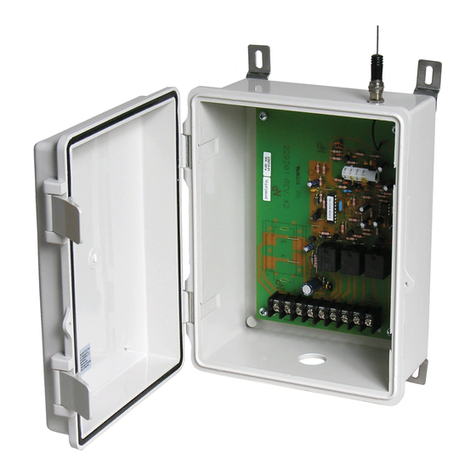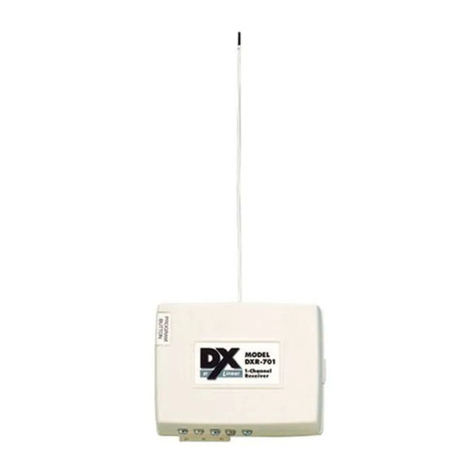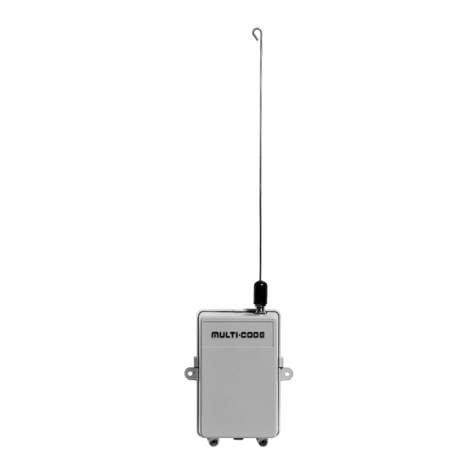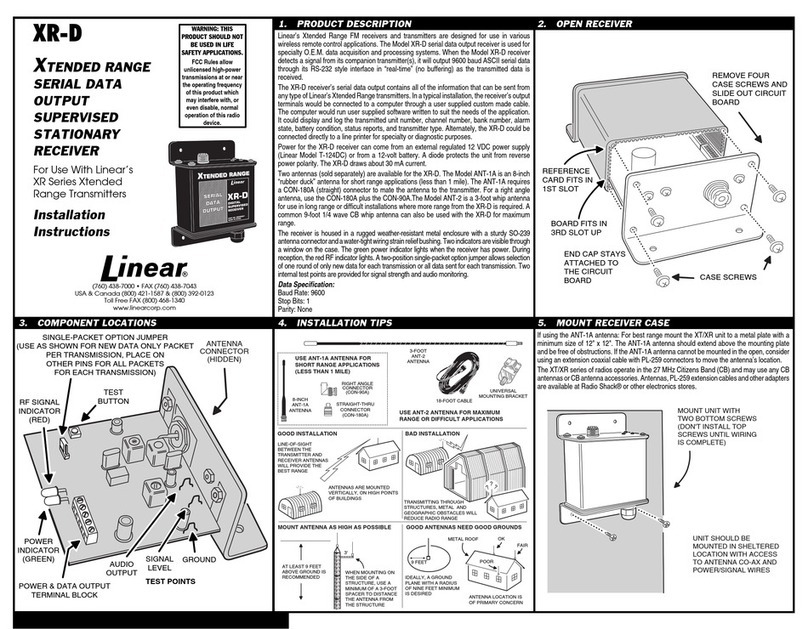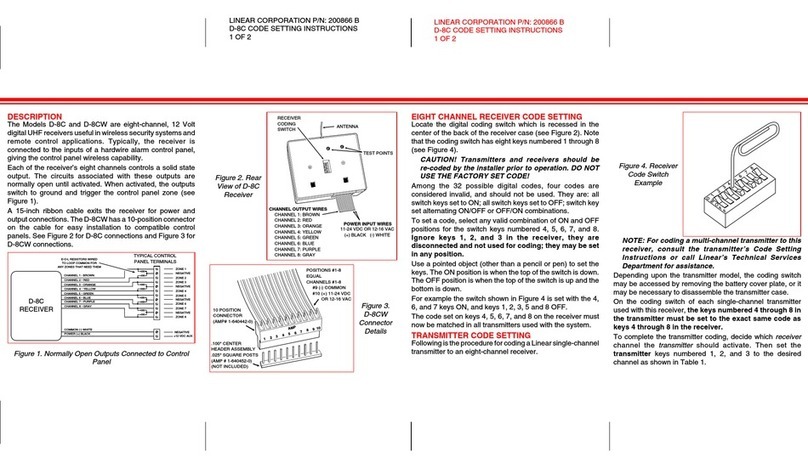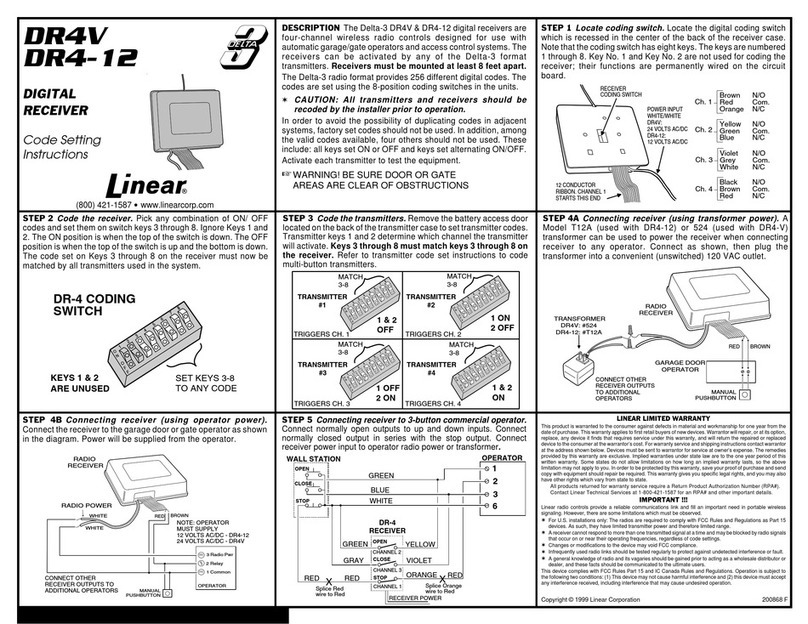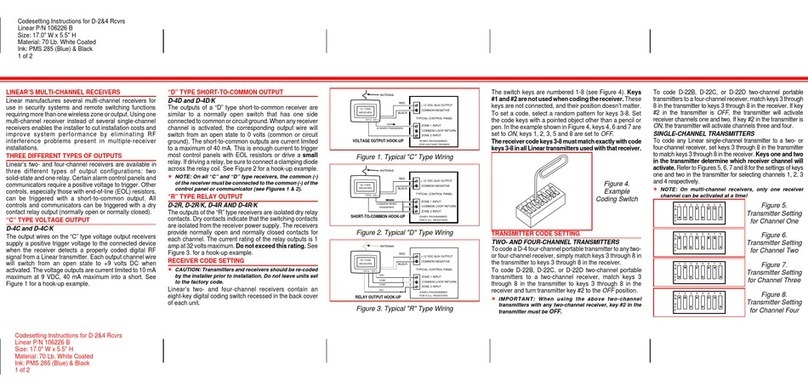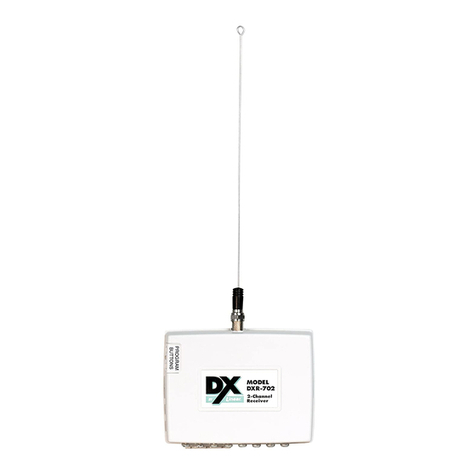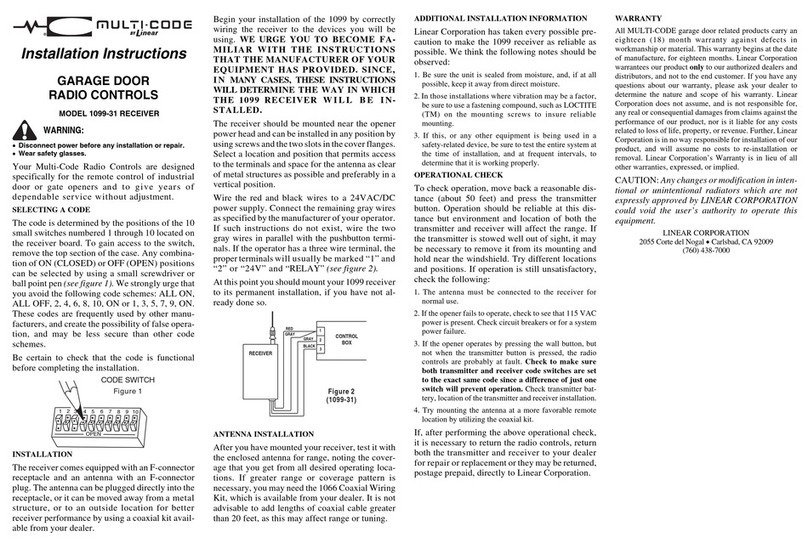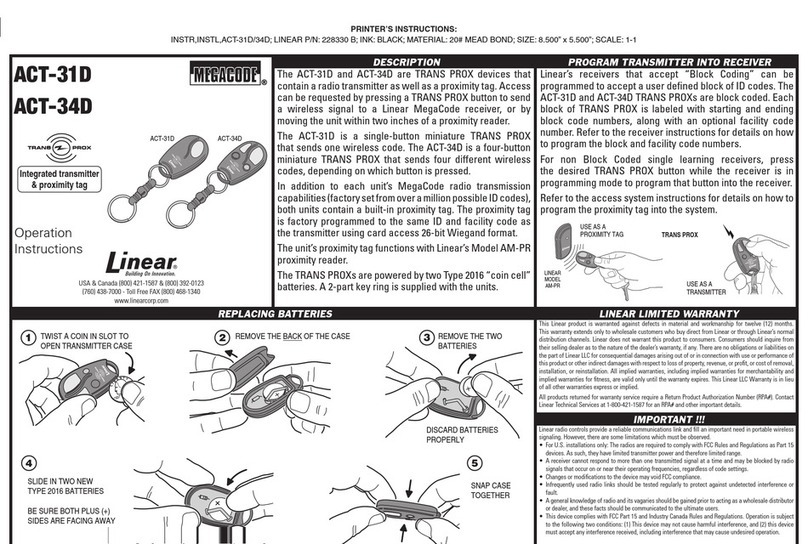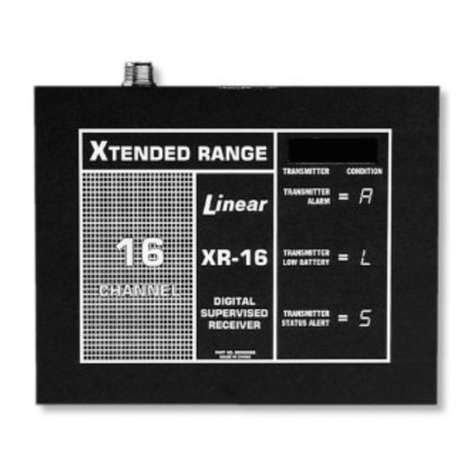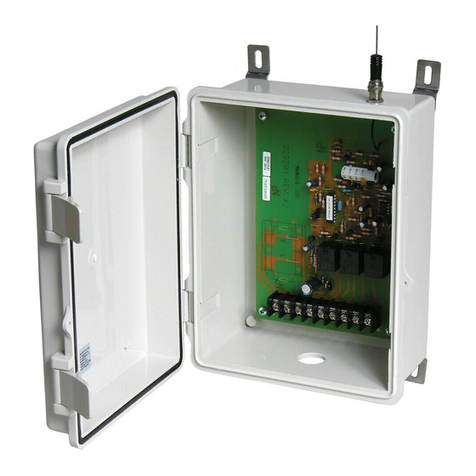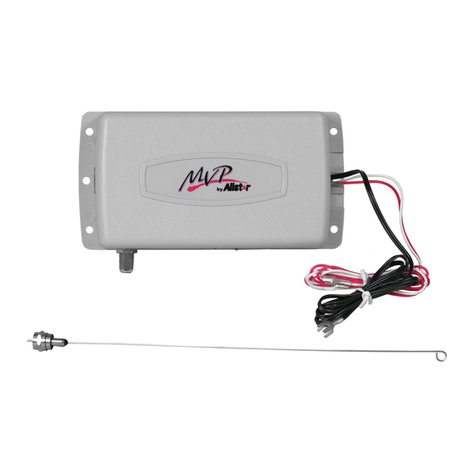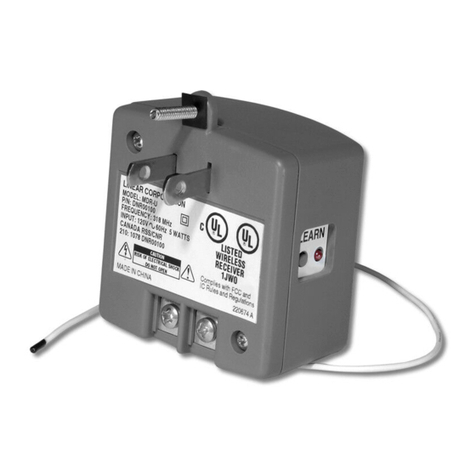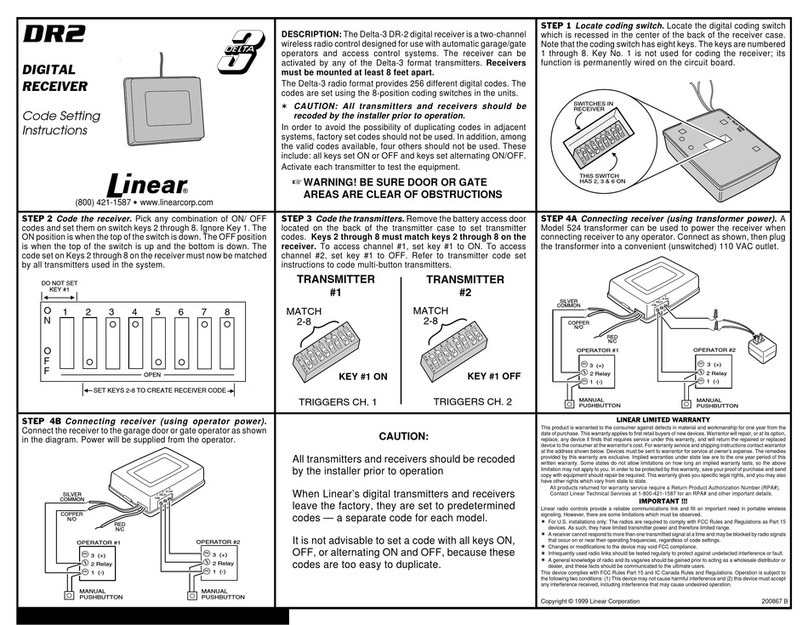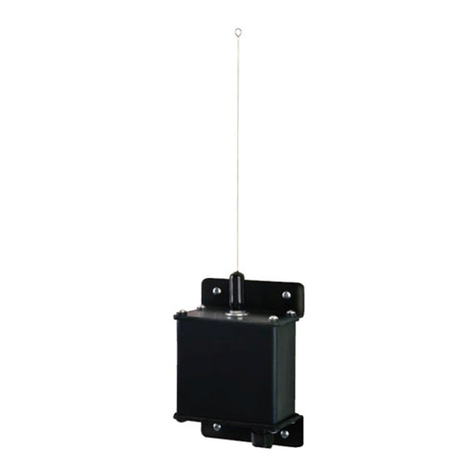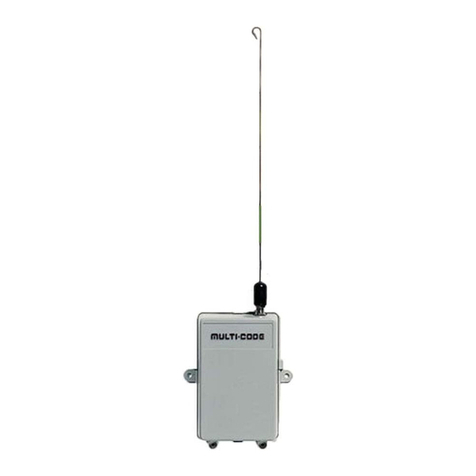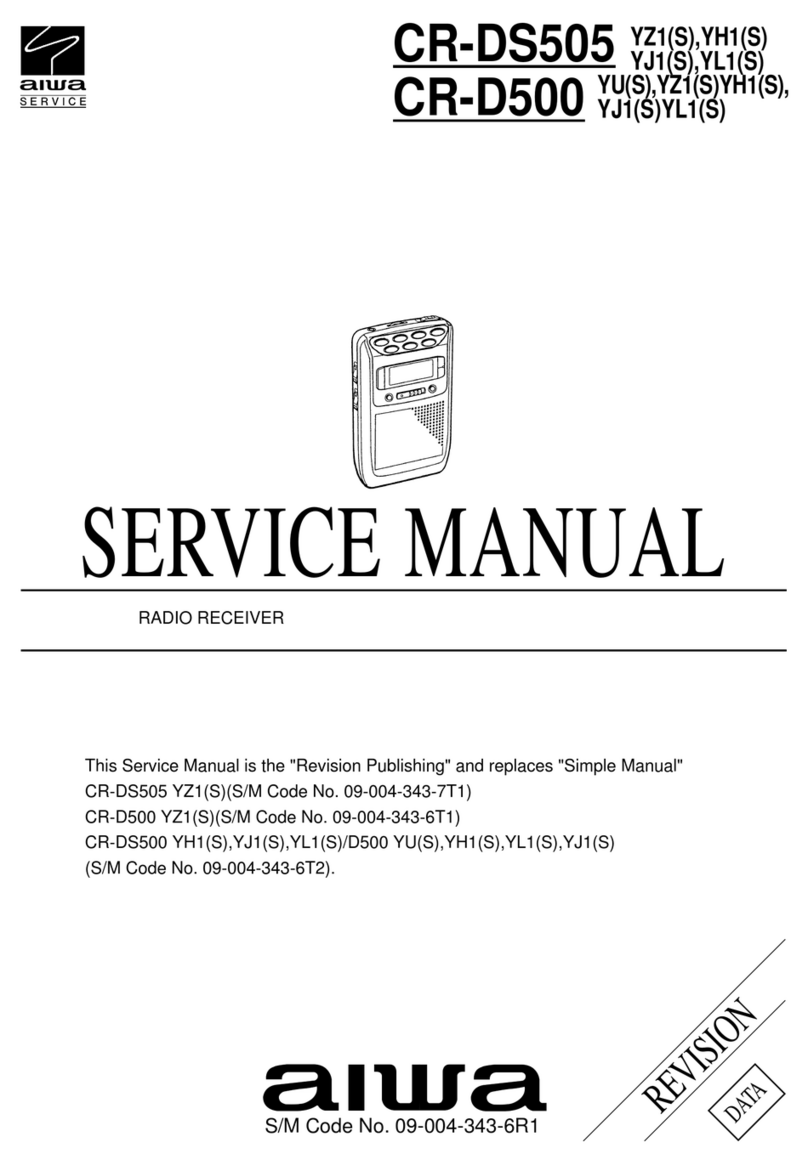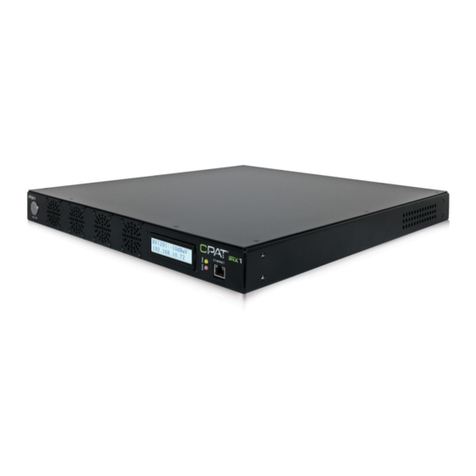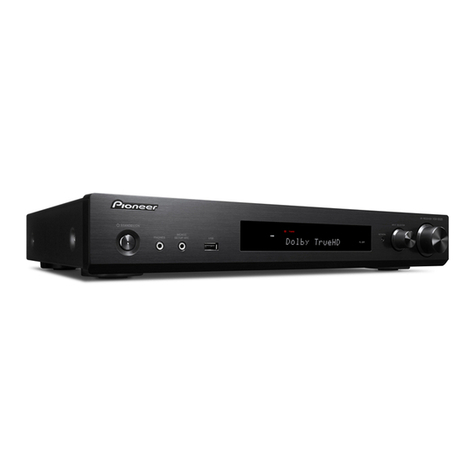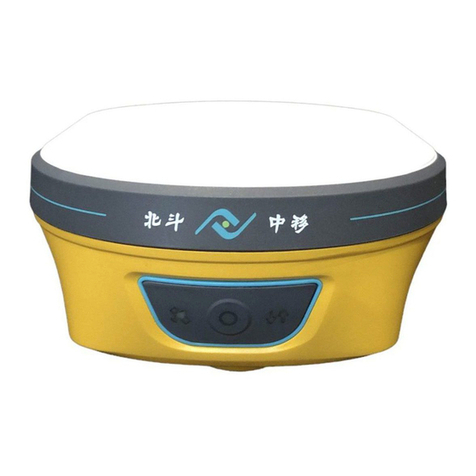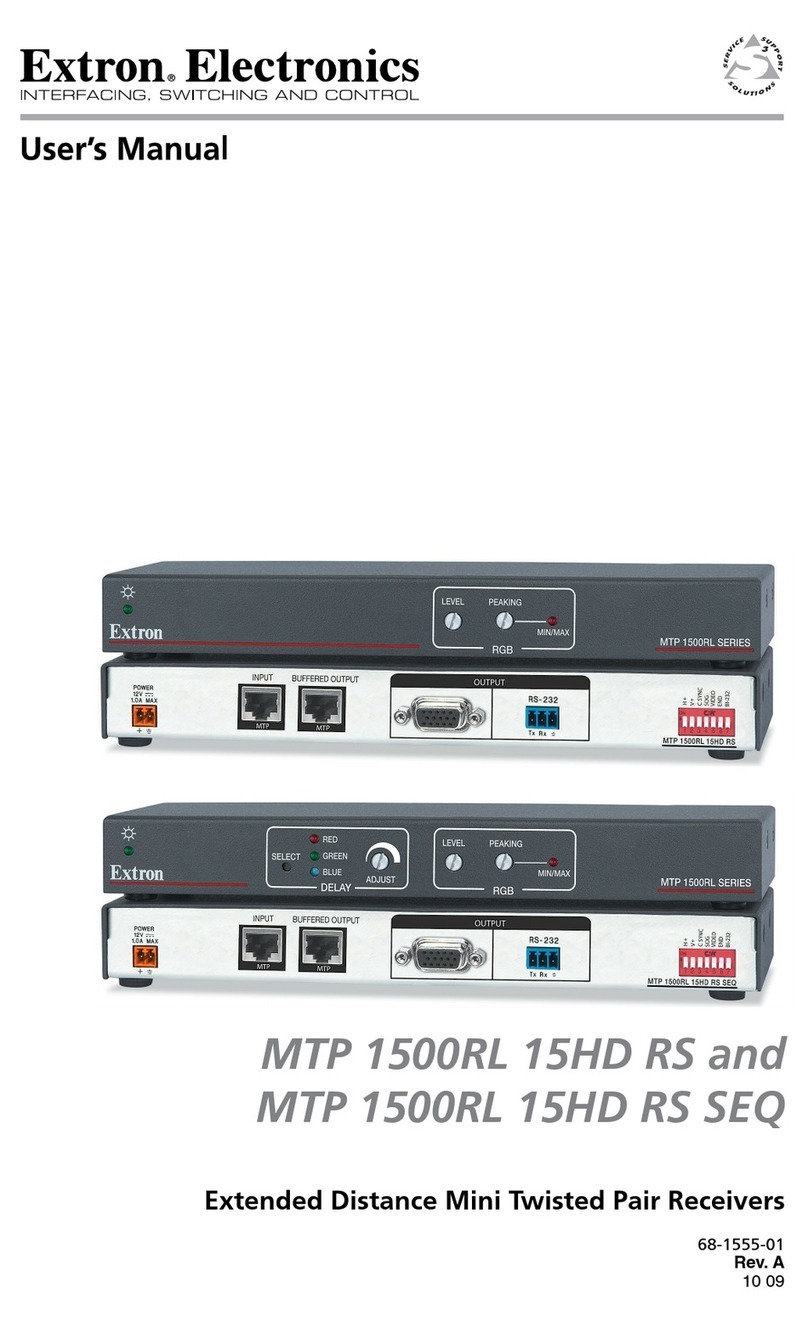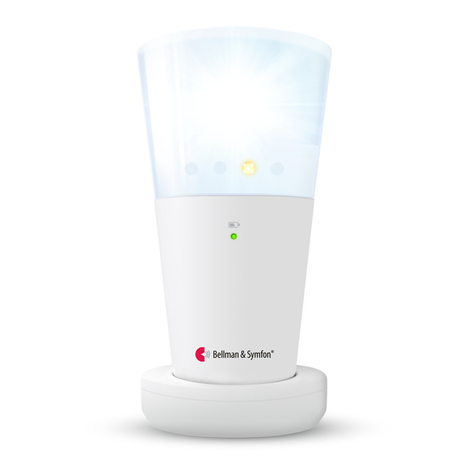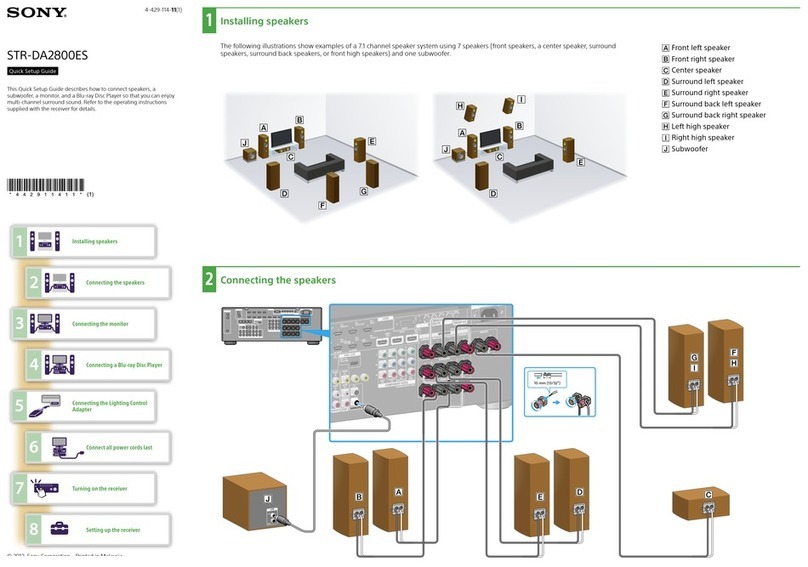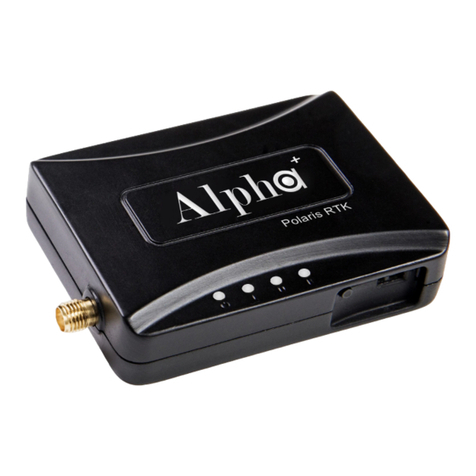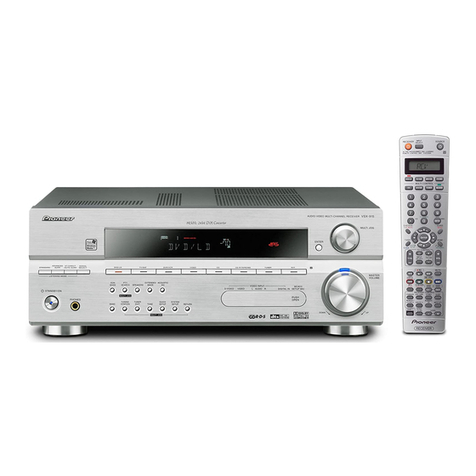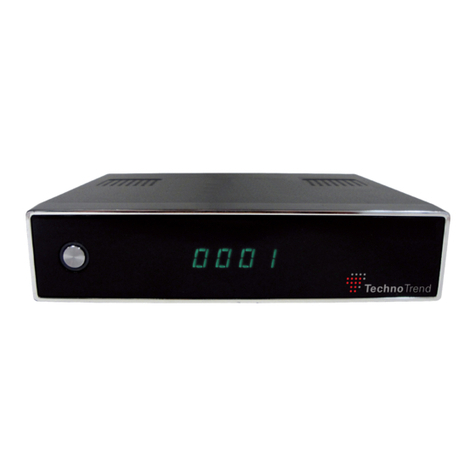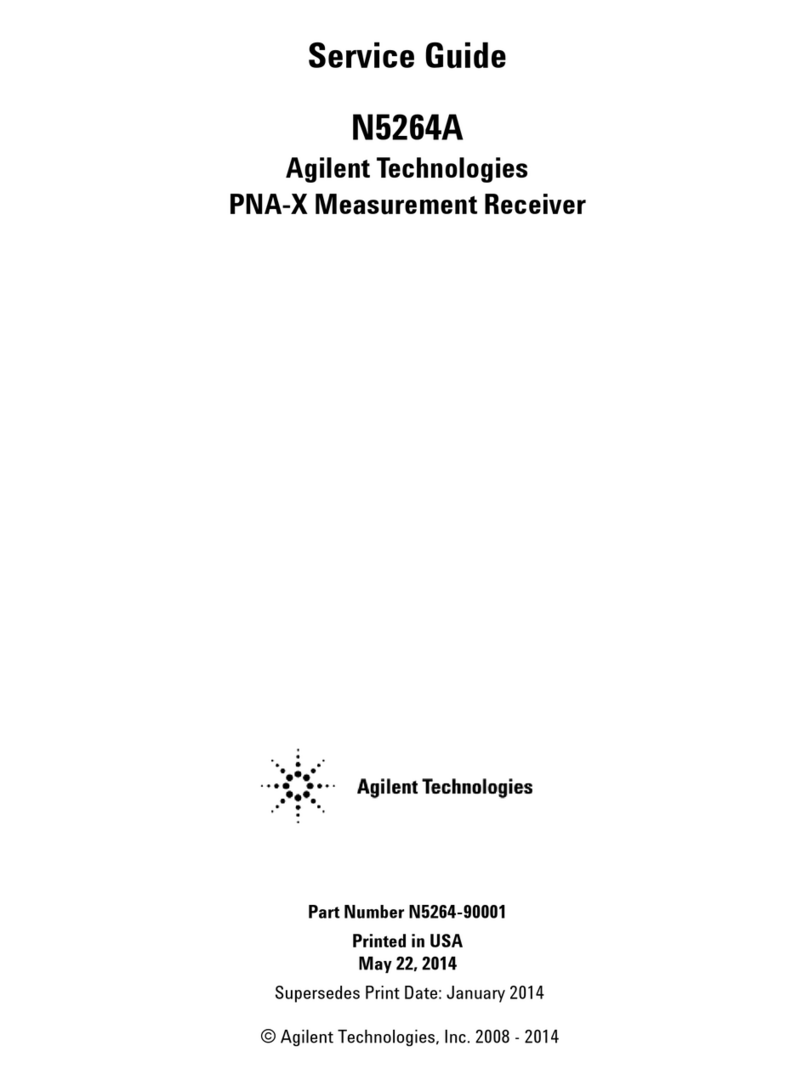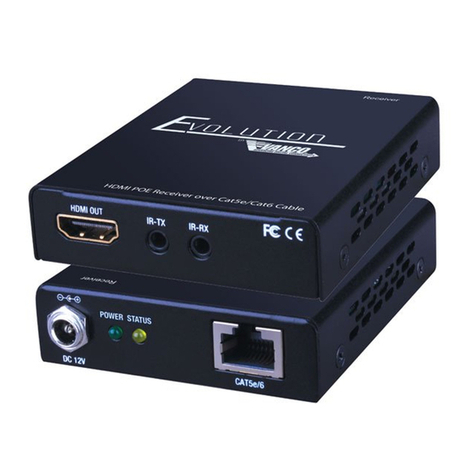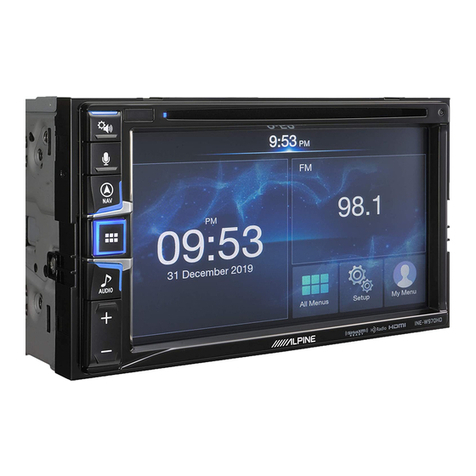
12
Note : When without earphone, press «Power» key, LCD could display last channel No and
battery.
Testing the coverage area
To make sure that the whole area is covered with adequate IR radiation and avoiding thus
black spots, an extended reception quality test should be done. The test can be done in two
ways :
• Testing during installation
1. Check that all radiators are connected and powered up;
2. Set the main unit in the test-mode. For each channel, a test tone frequency will be
transmitted;
3. Set a receiver to the highest available channel and listen to the received signal
through the headphones;
4. Test all positions and directions.
• Testing all positions and directions
Walk around the conference venue under the test mode of the main unit or the receiver;
test every position where the signal must be received. If an area is detected as having bad
reception or even no reception at all, two main causes should be taking into consideration :
01 bad coverage : The receiver cannot pick-up adequate infrared radiation. This may
be because the tested position is out of the footprint of the installed radiators or the radiation
is blocked by obstacles such as a column, an overhanging balcony or other large objects.
Check whether you used the correct footprints for the system design or not. Check if the
radiators are used which are switched to half power operation by mistake. If bad reception
is caused by a blocked radiation path, try to remove the blocking obstacle or add an extra
radiator to cover the shaded area with more IR energy.
02 black spots : IR signals coming from two radiators may cancel out each other (multi-
path eect) when reaching the receiver. Bad reception only happens on some special path.
Multi-path eect is conrmed being the cause of bad reception if the bad signal received by
the receiver is improving the instant a radiator is a) changing its direction b) shaded -o or
simply switched-o. IR radiation, reected from a surface with a high reectivity may also
cause multi-path eect.
Check that the signal delay compensation switches on the radiators are set to the correct
value. Check the system design. If necessary, reduce the distance between the two radiators
that cause the problem and/or add an extra radiator.
Please note that due to the physical characteristics of the signal distribution, it is not possible
to avoid multi-path eects completely.













